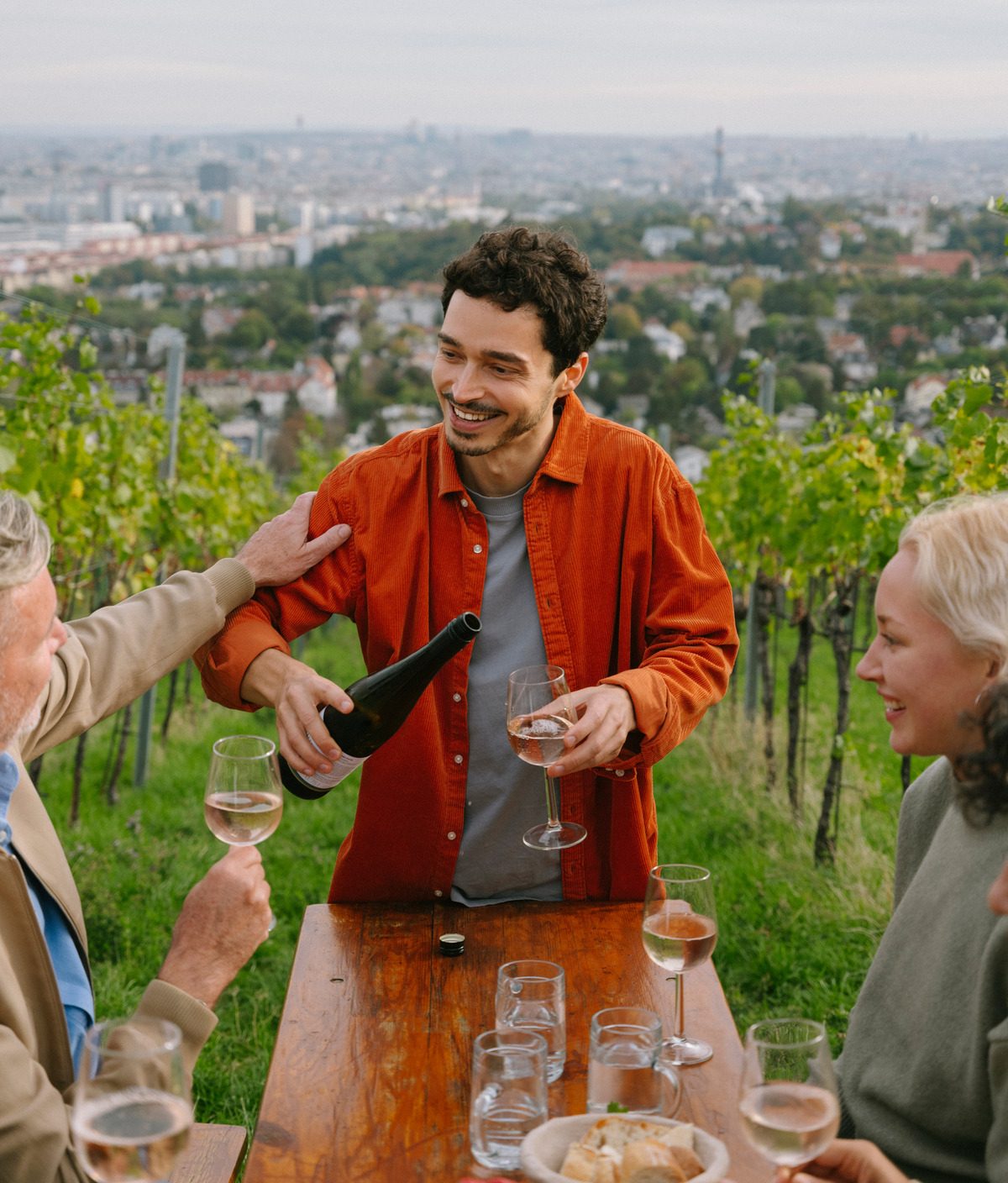
Written by Katy Spratte Joyce
The City of Music, the City of Dreams, the City of. . .Wine (or wein as it is called in Austria)? Vienna is a celebrated capital of culture, but its quietly flourishing wine scene feels like a fresh new facet to love. “We are living in a metropolis with urban wine growing within the city limits. That’s unique and there is no other city in the world with this size of serious winemaking in the city,” Caroline Derler, a local wine specialist and custom wine tour operator in Vienna, explains.
Comparable to the world’s other great wine regions, Vienna boasts a small but growing footprint, similar in size to the Italian Barbaresco wine region in Piedmont. “Around 170 wineries are making wine in Vienna,” notes Derler. This dynamic wine scene features mostly small, family-owned wineries, plus a group of five bigger wineries called WienWein. “There is a generational change going on, and a lot of daughters and sons are taking over their family wineries and are heading into a bright future of winemaking in the city,” she adds. Roughly half of Vienna’s 700 hectares (1,680 acres) of vineyards are already certified organic, too. Wine pro Derler elaborates, “A few wineries are also working along biodynamic principles and are heading towards being regenerative organic certified.”
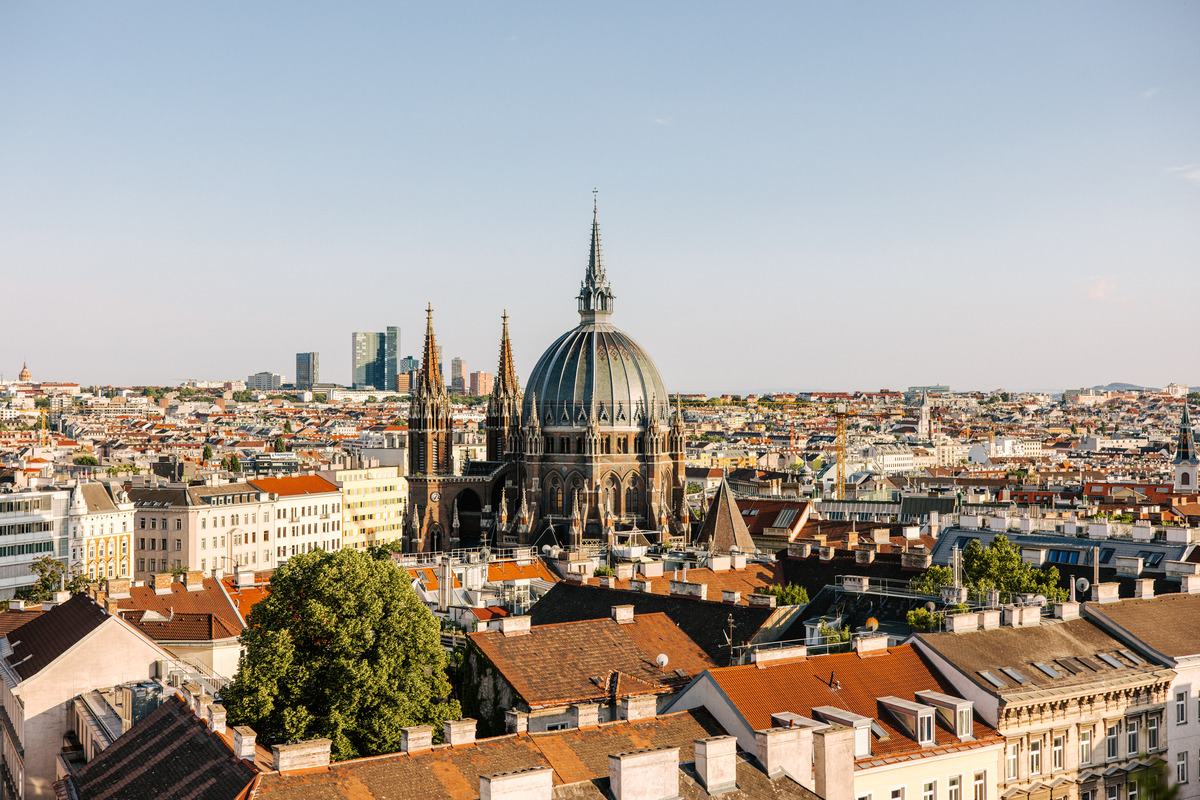
More than 80 percent of the grape varieties in Vienna’s vineyards are white. The top variety is the traditional Wiener (Viennese) Gemischter Satz DAC, a field blend that translates to “Viennese mixed planting.” “More than half of the vineyards are planted with Gemischter Satz,” Caroline Derler says. “Most people have never heard of the term field blend, [as] it’s rarely written on the wine labels, but around 100 years ago, it was the main way wines were planted in the vineyards.” The diversity of the grapes used helps protect quality and guard against a poor harvest; wine has been crafted for centuries using this method in Vienna, and it’s resurgent now. Essentially, it can come from up to 20 different varieties. Some of the most planted varieties in the Gemischter Satz vineyards are Grüner Veltliner, Riesling, Traminer, Neuburger, Pinot Gris and Pinot Blanc. “The grapes must come from a vineyard in Vienna interplanted with at least three white quality varieties that are then harvested and vinified [pressed] together,” she explains. “The greatest proportion of any one grape must not be higher than 50 percent, and the third largest proportion must be at least 10 percent,” the wine expert adds.
Without a doubt, Wiener Gemischter Satz is the most planted, iconic wine in Vienna, and it’s also becoming known internationally. “After Gemischter Satz, there is, of course, the Austrian main variety Grüner Veltliner and Riesling and also Weißburgunder and a bit of Chardonnay [is] popular,” Derler says. “The number one in reds is Zweigelt, followed by Pinot Noir and some Merlot, but the amount of red wine is very small. We’re definitely a white wine city,” she notes.
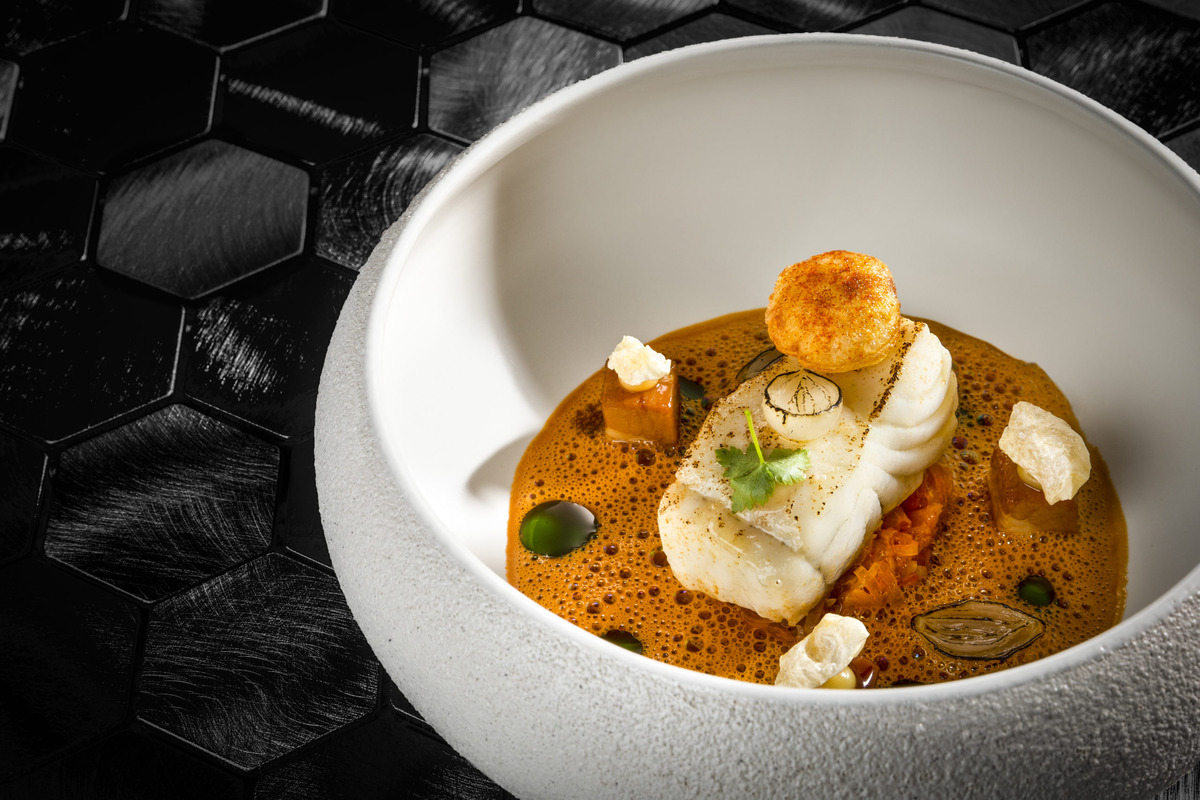
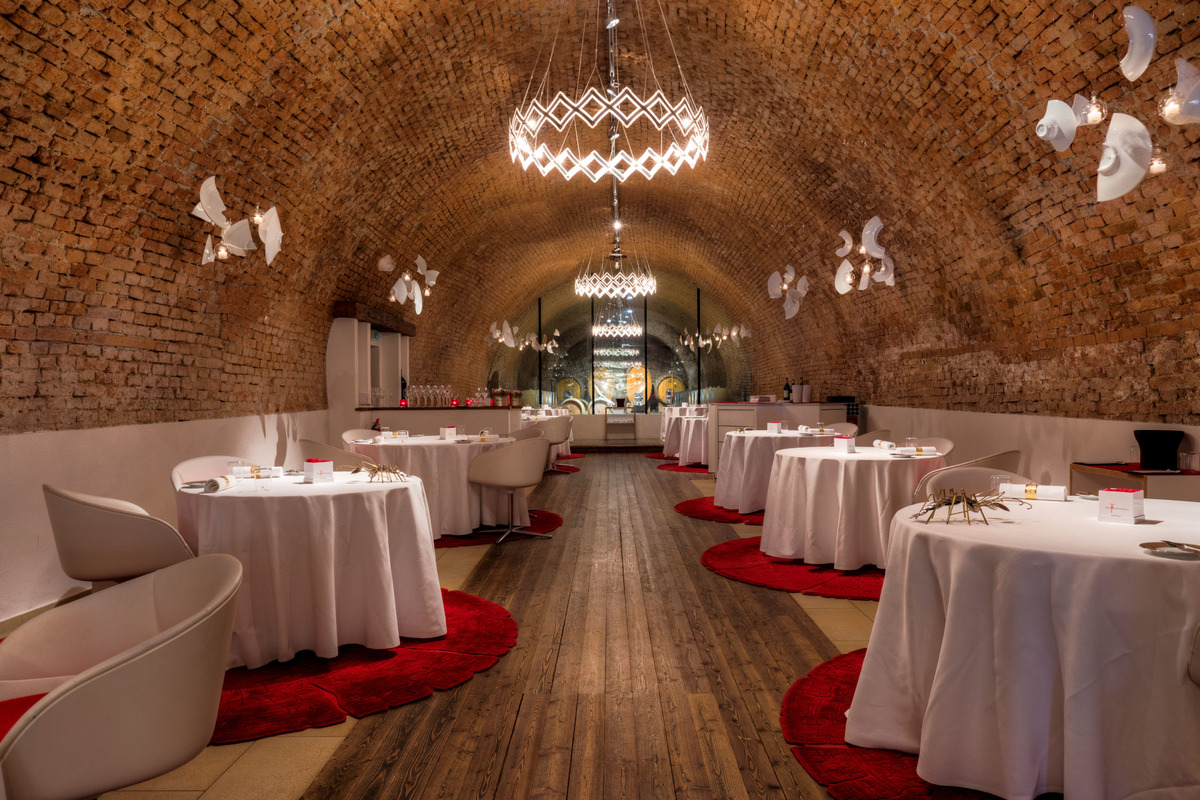
Now that we know the basics of Viennese wine, it’s time to plan a visit. Though Austria’s illustrious capital city makes for an enchanting getaway any time of year, an autumnal trip to coincide with harvest (September/October timeframe) offers an incredible opportunity to enjoy special events and the energy of crush. Derler shares that the city comes alive with “the colors of the vines and seeing the grapes hanging on the vines with busy tractors in the vineyards harvesting . . . you [can] feel and experience wine agriculture in the city.” Enjoy a perfect three days with the ultimate luxury wine itinerary for Vienna, Austria.
Day 1: Cellar Tours and Michelin Meals
Start with a tour of the fanciest cellar in Vienna in the 16th-century digs of the Palais Coburg. The Wine Archive and cellar are broken into six distinct rooms and feature 60,000 bottles. Primarily known for its collection of rare and precious wines, this is one of the best stocked cellars on the planet. Custom tours and tastings are available. Visitors can also experience a 90-minute fixed guided tour, including a tasting of five wines, on the second Thursday of each month. More into sparkling wines? Four tour options are available at Schlumberger Sparkling Wine Cellar, including a rosé tour. If you’d like to see inside private cellars, consider the two-hour “Hidden Cellars” tour from Wien Malanders. Enjoy three Viennese wines in three distinct cellars over this two-hour exploration of the city’s wine history. Tours are generally available on Fridays and Saturdays at 3:00 pm.
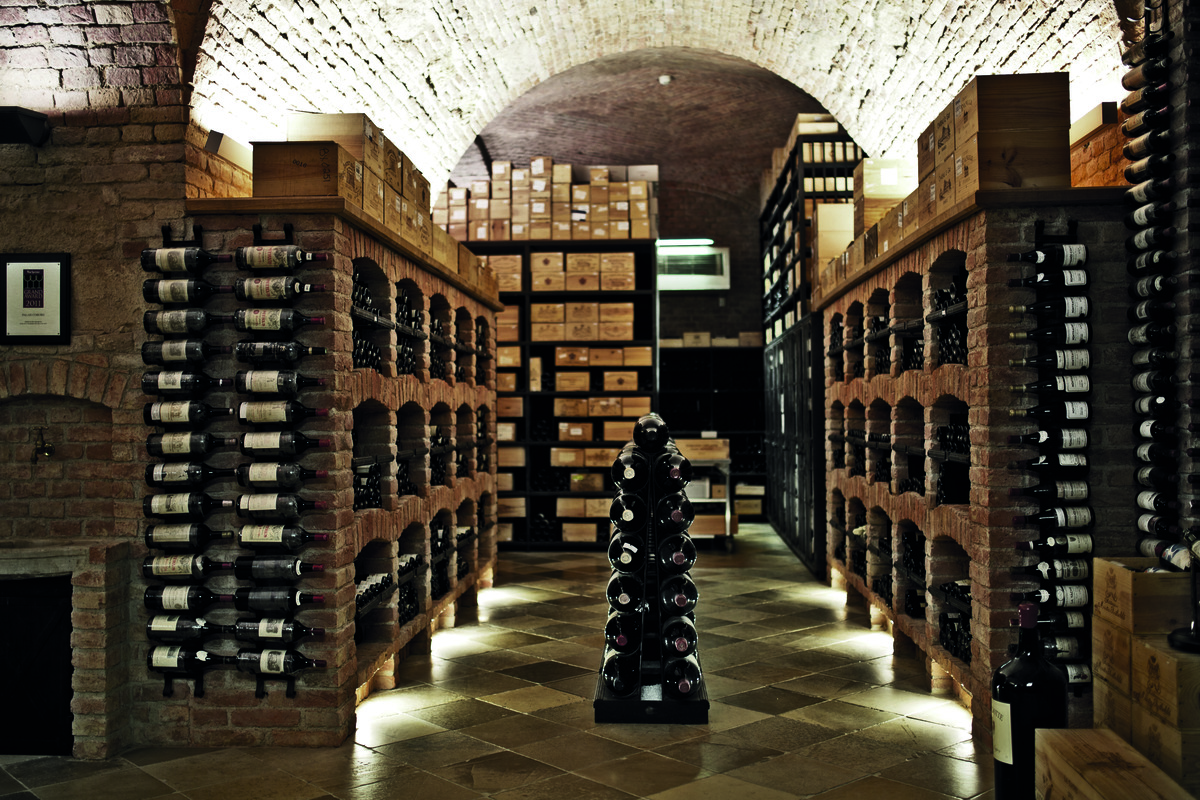
For your first dinner in Vienna, consider a few options from the Michelin Guide, the ultimate international restaurant A-list. Enjoy a casual, creative atmosphere at one star Pramerl & the Wolf, a former pub turned eatery in the 9th district. Steirereck, a two-star spot, features contemporary takes on classic Austrian cuisine and boasts a famous bread and cheese cart. Or, stay close to the cellar at Palais Coburg to indulge in a meal at two-star Silvio Nickol, which has an extensive wine list and gorgeous interior.
Day 2: All About Vineyards
For a deeper dive into Viennese wines on your second day, plan to spend a half day with local expert Caroline Derler (Carolinederler.com). Her most popular offering is a wine tour with some time to walk among the vines and enter the vineyards. “A lot of wine lovers want to have an active part in the tour and want to see where the wine is grown,“ she says. “The Viennese vineyards are within the city limits and therefore very easy to reach. By taxi or even with public transport, they’re very accessible.” The wine-growing areas are super picturesque and showcase the best views in the city. “I think every visitor should see the city with the perspective from the vineyards, looking over the Nussberg, Kahlenberg or Cobenzl [areas]. It totally changes your image of Vienna,” Derler declares. Custom tours are also available, which can be perfectly tailored to the guests’ interests. Pro tip: Remember that vineyards are generally closed on Sundays since they remain mostly family-owned. “So I suggest planning to visit a winery during the week until Saturday,” she adds.
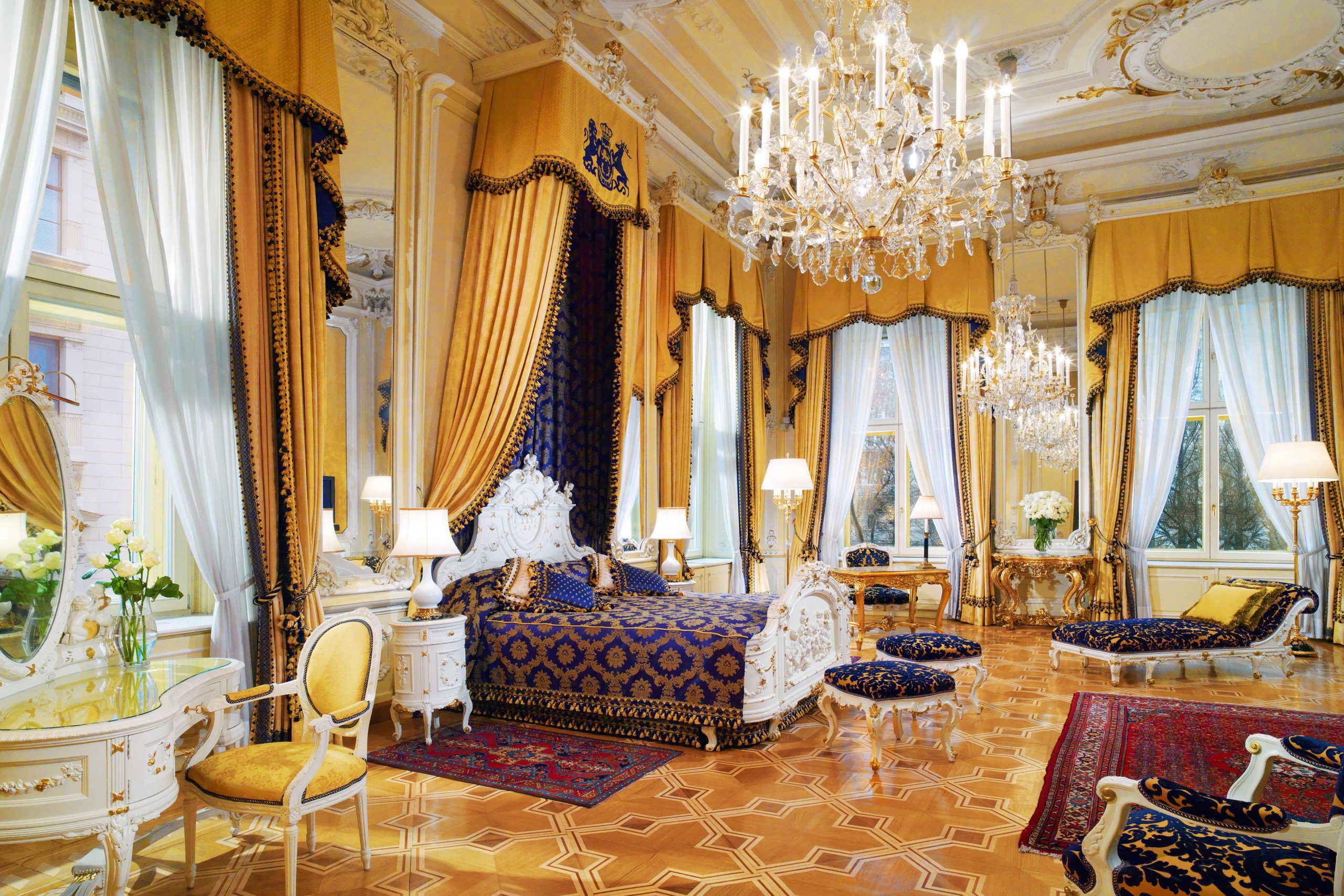
After a day in the hilly Viennese wine regions, a more low-key dinner is just the ticket. “If you would like it more casual, I suggest dinner at Resniček, a wonderful Viennese Wirtshaus with a stunning wine list,” Derler says. For another Michelin moment, Weibel’s Wirtshaus is an excellent option for this type of rustic, approachable cuisine.
Day 3: Special Events and Wine in the World
Another ideal way to experience Vienna’s wine scene is by visiting wine bars and wine shops. Derler shares her lists for the best spots. For wine bars with natural wine focus, try Vinifero, Cafe Kandl, R&BAR and O Boufes. For bars with more than natural wines, consider Champagne Characters, MAST Weinbistro and Heunisch & Erben. To stock up on your favorites, check out Vinodea, a wine shop featuring female makers only. Wein & Co, a wine bar and shop all in one, are spread around the city, too, with multiple locations. Pub Klemo is another good shop pick.
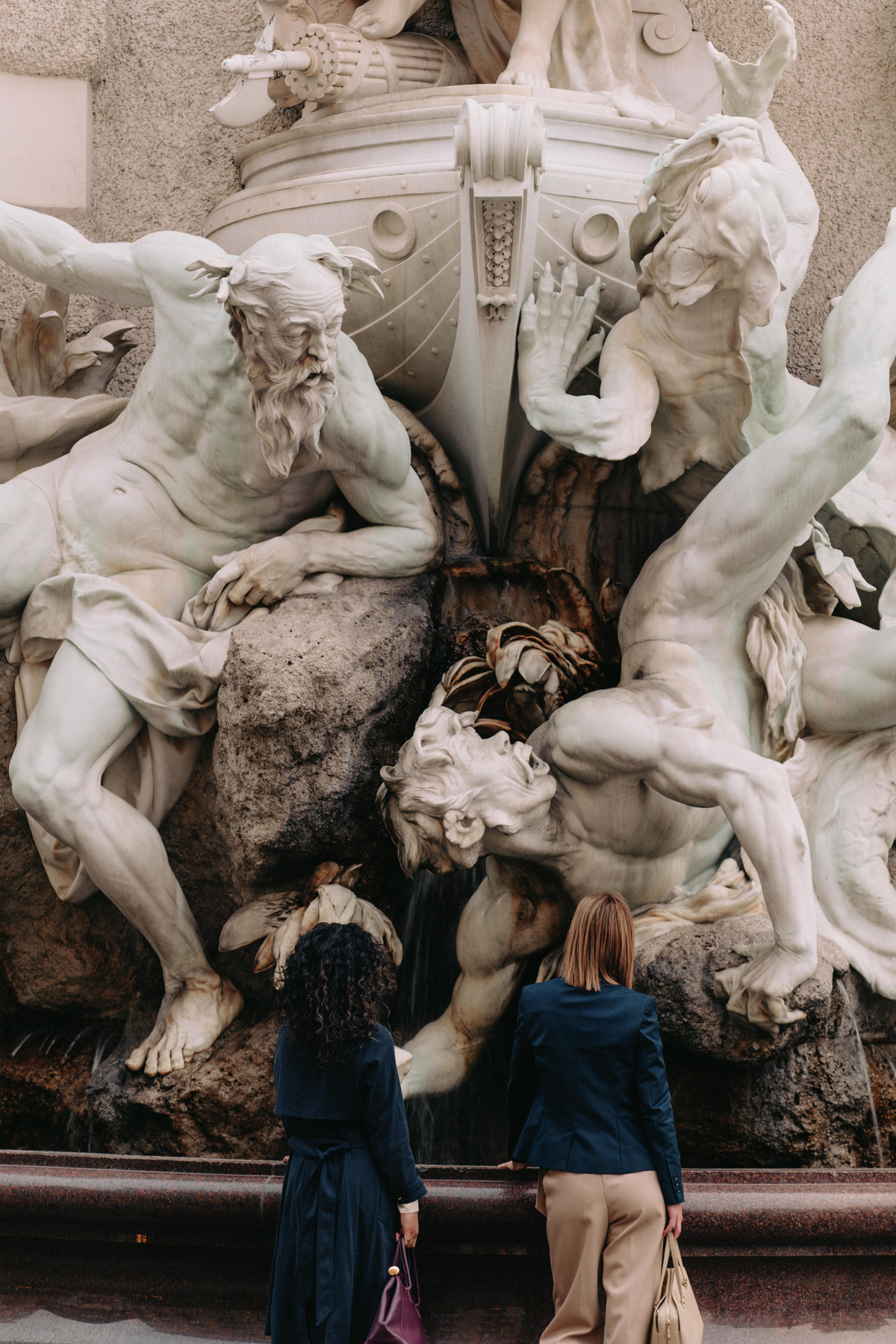
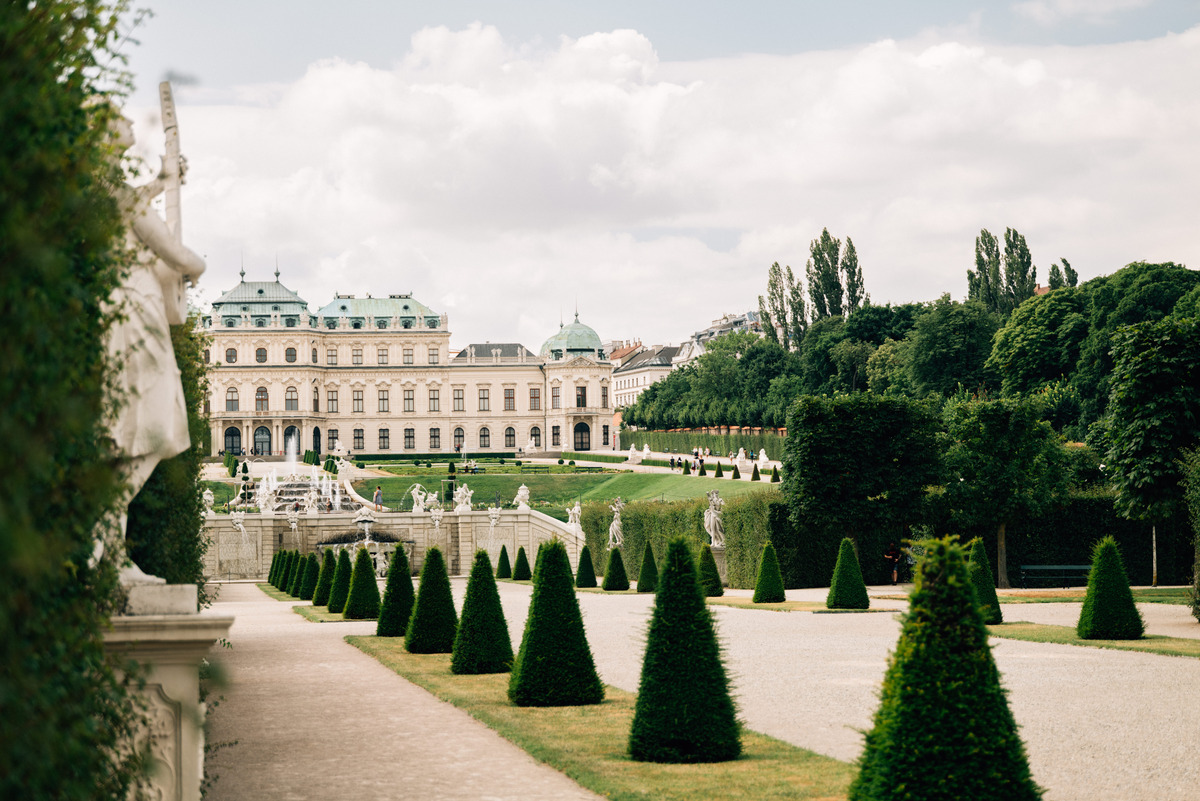
A key reason to plan a harvest time visit is to enjoy Wine Hiking Day, a once-a-year treat that coincides with the season. It’s exactly what it sounds like—a special day where the vineyards are open, and there are four planned hiking routes through the wine areas. Derler expands, “The wine hiking day is spectacular. Everybody is in a good mood, hiking in the vineyards.” As a local she tends to avoid the busiest spots. “I love to hike around the Bisamberg and the beautiful cellar street of Stammersdorf,” she adds. Wine Hiking Day is actually a weekend, set for September 28th and 29th of 2024, from 10:00 am to 6:00 pm.
For a memorable final dinner, there’s no better spot than Juan Amador, Vienna’s first three-starred Michelin spot. “I would suggest having dinner at Michelin-starred restaurant Juan Amador, because it’s in a wine cellar and while having dinner you have a great view of the barrels,” Derler says. The wine list includes a great variety of Viennese wines, including older vintages. A divine meal at Amador is the perfect cherry on top of a Vienna wine weekend.

